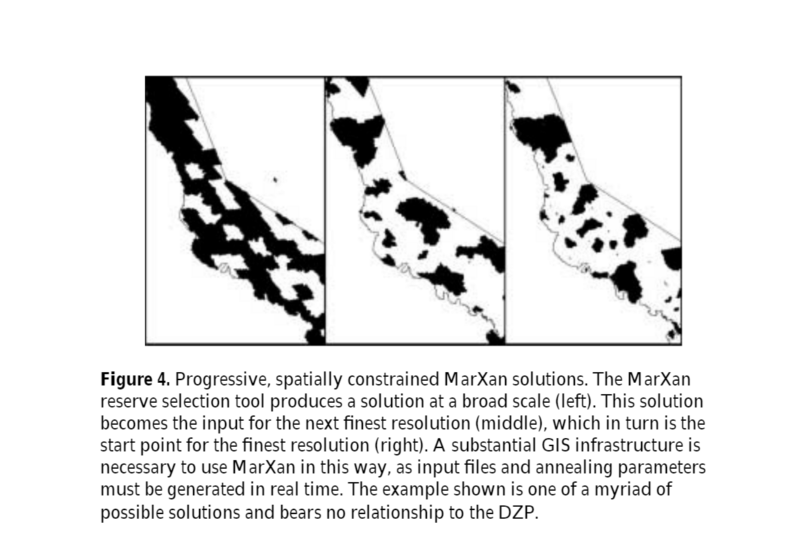Co-managing with Indigenous Traditional Owners
An elder of the Thiithar clan of the Guugu Yimmithirr Nation of Traditional Owners teaches children about their sea country at Elim Beach.
An interpretive sign welcoming visitors to Girringun Sea Country. The logos on the bottom of the sign show this is a joint initiative of the Australian Government, the Queensland Government and the Girringun Indigenous Traditional Owners.
Part of the zoning map for the sea country around the Keppel Islands, showing both the Traditional Owners’ names (in brackets) and the European names for specific locations.
This community stall at the Gladstone Eco-Fest was jointly staffed by officers of the Queensland Government, the Australian Government and an Indigenous representative of the Port Curtis Coral Coast Traditional Owner groups.
Aboriginals and Torres Strait Islanders have been the Traditional Owners (TOs) of the GBR for >60,000 years. Today traditional customs and spiritual lore continue to be practised by 70 TO clan groups whose sea country includes the GBR. The TOs continuing social, cultural, economic and spiritual connections to the area is acknowledged by the park managers (GBRMPA).
An Indigenous Partnerships Group in GBRMPA works closely with TOs to establish meaningful partnerships to protect cultural and heritage values while conserving biodiversity. One way is a management arrangement called a Traditional Use of Marine Resources Agreement (TUMRA), a formal agreement for sea country developed by TO groups and then accredited by both GBRMPA and Queensland. Another is an Indigenous Land Use Agreement (ILUA).
There are currently seven TUMRAs and one ILUA accredited in the GBR which collectively involve 15 TO groups and cover 22% of the GBR coastline. Each TUMRA operates for a set time after which it is renegotiated.
Indigenous engagement in the GBR is fostered by membership on the Authority Board, an Indigenous Reef Advisory Committee, compliance training and management workshops for TOs, and the use of traditional ecological knowledge.
• Having definitions and processes set out in the legislation was invaluable, for example:
- Section 3 of the Act defines a ‘traditional owner’
- S. 10 (6A)) requires a member of the Board to be “an Indigenous person with knowledge of, or experience concerning, indigenous issues relating to the Marine Park”
- S. 2A (3e)) requires a “partnership with traditional owners in management of marine resources”
• The GBR Regulations defines how a TUMRA is to be made, accredited, terminated, etc.
• Experience shows an effective format for a TUMRA has three parts:
1. A narrative outlining the TOs aspirations for their sea country;
2. Specific details e.g. the areas in which traditional activities, such as hunting, will, and will not, occur or are limited by the TUMRA.
3. An implementation plan (e.g. outlining ways the TUMRA will educate the public and other TO groups about their sea country).
• Compliance training for TOs has not only led to an increased awareness of marine compliance issues, but more importantly, to an increased feeling of empowerment by TOs to manage their sea country.
• Managers should not expect that one Indigenous representative is able to speak on behalf of all Indigenous people or that the best way to engage TOs is the same as for other users or stakeholders.
• Recognize different knowledge systems, and consider traditional ecological knowledge as complementary to western science.
